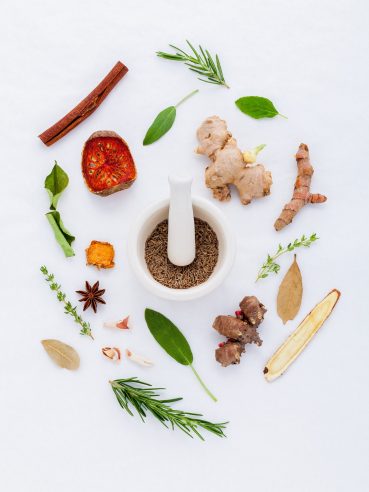Treatments & Services
Each intake and treatment session includes:
- Interview of current situation / responses to previous treatment.
- Palpation
- Observation of gait, posture, structural aspects
- Pulse-taking & tongue view
- Needling protocols (as indicated by your current situation and our treatment plan)
- Most 75 – 90 minute sessions will also include at least one of the following modalities as indicated by your current situation and our treatment plan
- Cupping
- Gua Sha
- Moxibustion
- Tui Na- various modalities
- Scalp acupuncture for mobility
- Koryo hand acupuncture for stress, mobility, internal conditions
- E-Stimulation of specific acupoints
- TDP map for therapeutic movements of blood and qi
- Erchonia Cold-Laser Therapy (beginning January 2020)
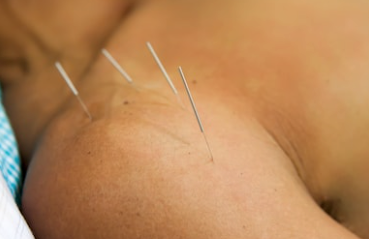
Acupuncture
Gua Sha
The term “Gua Sha” refers to the scraping of the skin with a smooth-edged instrument, in repeated one-directional strokes. This action provokes the skin pores to open, and release pathogenic factors blocking the meridians (cold, damp, wind, heat).
Gua Sha can be used on almost every part of the body, and is frequently among the first tool chosen to treat injury to soft tissue. Gua Sha is especially effective with conditions of restricted movement of joints and body regions due to fascia, muscular or tendon and ligament injury.
The picture to the right shows a completed treatment in the upper back and demonstrates the appearance of the petechiae and ecchymosis. The petechiae will fade over several days. Patients will be cautioned to avoid sunlight, exposure to chemicals (swimming pools) and excessively hot or cold water.
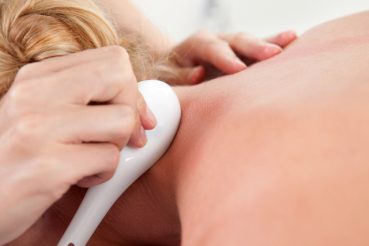
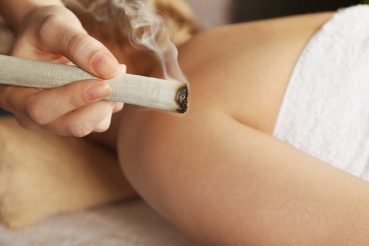
Moxibustion
Moxibustion has been an essential part of EAM for at least 2500 years. It is the therapeutic application of heat to acupuncture points by burning an herb, artemesia vulgaris, casually referred to as moxa. Prior to use, Artemesia vulgaris is cleaned, dried, crushed, and processed to be used as moxa.
Basic indirect or “needle” moxa is grayish-green in color and soft and spongy like wool. It smells a little like marijuana when it is burning. This raises a few eyebrows in the U.S., but it is the common smell of any acupuncture clinic.
Heat from the burning moxa is said to enter the meridian and remove obstruction.
Indirect moxa refers to the use of a cigar-like stick of moxa, often called “pole” moxa. You light one end of the moxa stick and this will then gently burn red-hot. The burning end is held about 1 to 2 inches away from an acupuncture point, sometimes moving the stick in and out toward the point (but not touching the skin) in a “sparrow pecking” method.
Cupping
The art of cupping involves heating cups to create a vacuum, and applying these cups to the skin surface. It is a technique practiced by numerous cultures for hundreds (if not thousands) of years. The heat of the air within the cup causes the pores of the skin to dilate and open, releasing pathogenic factors, trapped body fluids, and stagnant blood. As the cups cool they create suction and become firmly attached to the skin. Cupping is usually applied for 2 – 15 minutes depending on the patient’s condition and tolerance, and occasionally leaves a painless bruise the size of the orifice of the cup.
Cups are frequently applied in a fixed location, then slid up and down a particular muscle or dermatone area to help release skin and dermatone tension.
To remove a cup, air is let in to the cup by holding it in one hand and gently pressing the skin at the rim of the cup with the other hand. This eliminates the vacuum.
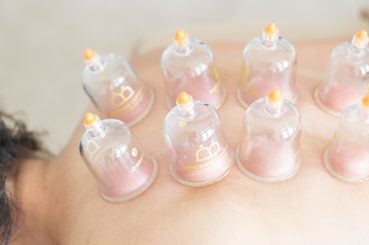
Chinese Herbs
Distrbutor of Chinese Herbs from the following companies as well as many others
- Biotics Research
- Golden Flower Chinese Herbs
- Mayway Chinese Medicinal Herbs
- MediHerbs
- Metadenics
- New Chapter
- Standard Process
- TCMzone
